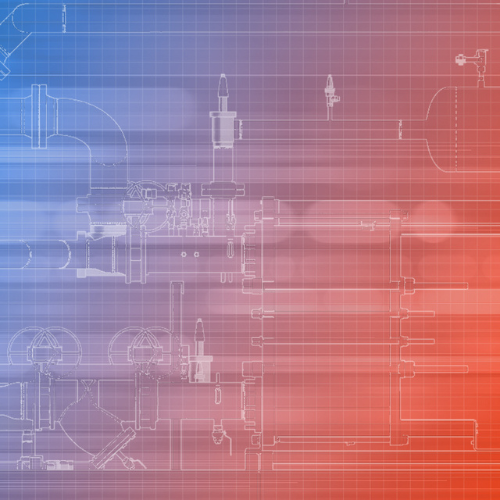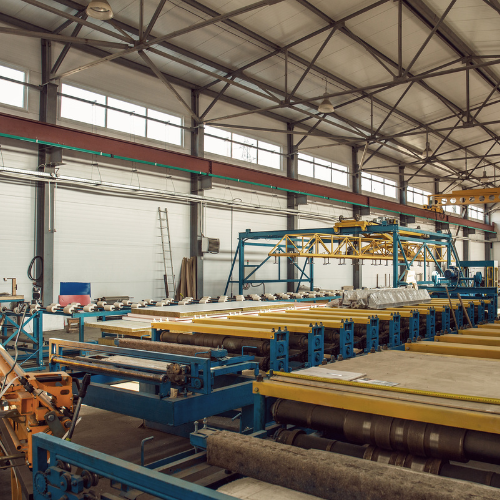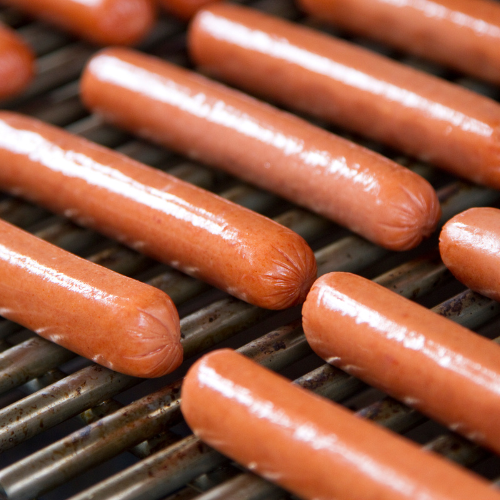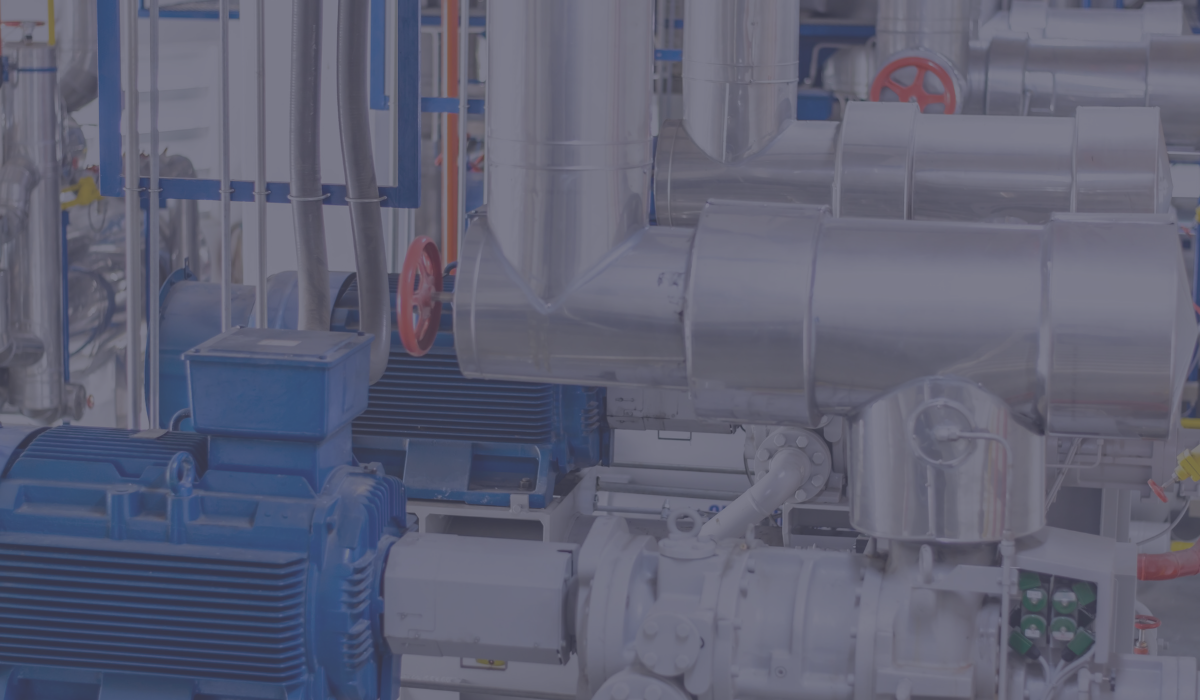In any refrigeration system, the components you choose can significantly impact system performance, efficiency, and operational costs. This guide breaks down the key differences between common refrigeration system components to help you make informed decisions for your specific needs.
Understanding Expansion Devices
The expansion device in your refrigeration system controls refrigerant flow and pressure reduction – a critical function that directly impacts efficiency and performance. The various methods are listed below.
| Feature | Hand Expansion Valve (HEV) | Float Drainer | Level Float & Solenoid/HEV or Motorized Valve | Expansion Valve (TXV/EEV) | Capillary Tube |
|---|---|---|---|---|---|
| Application | Industrial refrigeration | Industrial & commercial refrigeration | Industrial & commercial refrigeration | Commercial and industrial refrigeration | Small appliances, air conditioners, and heat pumps |
| Evaporator Type | Liquid overfeed (i.e. liquid recirculated) | Flooded systems | Flooded systems | Direct Expansion systems | Direct Expansion systems |
| Flow Control Type | Evaporator is intentionally overfed with liquid with excess liquid separated after the evaporator. | Drains condensed liquid to a flooded evaporator under varying loads | Feeds liquid to a flooded evaporator or a liquid overfeed vessel. The solenoid/HEV supplies liquid in an on/off manner while the motorized valve modulates to maintain level | Actively adjusts flow based on load and conditions | Fixed orifice, constant flow based on pressure difference |
| Load Handling | Excellent for any load condition | Excellent for variable loads | Excellent for variable loads | Excellent for variable loads | Best for steady-state loads |
| Complexity | Simple and highly reliable | Simple | Medium complexity | More complex (TXV has a bulb; EEV requires electronic control) | Simple and inexpensive |
| Evaporator Efficiency | Highest evaporator efficiency, efficiency maintained under any load | Higher evaporator efficiency, efficiency maintained under any load | Higher evaporator efficiency, efficiency maintained under any load | Lower evaporator efficiency, efficiency maintained under variable loads | Lower evaporator efficiency, less efficient under changing loads |
| Maintenance | Virtually maintenance-free | Minimal maintenance to repair or replace when worn out | Minimal maintenance to repair or replace when worn out | Requires calibration or electronics (EEV) | Virtually maintenance-free |
What This Means for You:
Capillary tubes are typically only used in small appliances. The type of expansion device depends on the type of evaporator. Flooded and recirculated are more common in larger industrial applications due to lower maintenance their high evaporator efficiencies.
Choosing the Right Condenser for Heat Rejection
Condensers reject heat from your refrigeration system to the environment. Your choice between air-cooled and water-cooled condensers will significantly impact system efficiency, water usage, and maintenance requirements.
Condenser type
| Feature | Evaporative Condenser | Adiabatic Condenser | Air Cooled Condenser | Water-Cooled Condenser |
|---|---|---|---|---|
| Cooling Medium | Heat is rejected directly from refrigerant into the ambient. | Heat is rejected from the refrigerant into a secondary water or glycol circuit which then rejects the heat to the ambient. | ||
| Cooling Means | Heat is rejected by evaporating water into the ambient air. | Heat is rejected by heating ambient air. | Heat is rejected by heating ambient air. | The secondary fluid is pumped to either an open cooling tower or an air cooled, adiabatic cooled, or evaporative cooler which then rejects the heat to the ambient. |
| Energy Consumed | Lowest electrical cost | Lower electrical cost | Highest electrical cost | Electricity used depends on the heat rejection method. (see comments to left). Total energy consumed will be higher than with direct heat rejection. |
| Water Consumed | Higher water consumed | Lower water consumed | No water consumed | Consumption of water depends on the heat rejection method (see comments to left). |
| Installation Cost | More cost effective with very large systems | Lower cost with mid-sized systems | Lowest cost with smaller systems | Higher cost for smaller systems (needs cooling tower, water loop, plumbing) |
| Other advantages | No intermediate water loop required | Lower refrigerant charge. Potential for low grade heat recovery from secondary loop. | ||
What This Means for You:
There is no single best choice for a condenser and is dependent on the refrigerant used, the size of the system, the cost of electricity, as well as the cost of water (for adiabatic and evaporative cooled options).
Evaporator Options for Heat Exchange
Evaporators absorb heat from the area or product being cooled. The design you choose impacts thermal efficiency, space requirements, and maintenance procedures.
Evaporator Type
| Feature | Fan coil evaporator | Shell and Tube Evaporator | Plate Heat Exchanger (Evaporator) |
|---|---|---|---|
| Design | Finned tubes | Cylindrical shell with tubes inside | Stack of corrugated plates |
| Space Requirement | No other option for direct air cooling | Larger footprint | Compact design |
| Efficiency | Depends on the approach temperature selected. Liquid overfeed and flooded offer the option for lower approach temperatures | Lower (lower compressor suction temperature)* | Higher (higher compression suction temperature)* |
*A plate heat exchanger design more easily allows for a closer approach temperatures. A closer approach results in higher compressor efficiency.
Informed Compressor Selection
Compressors are the workhorses of any refrigeration system, consuming the majority of energy and significantly impacting reliability and maintenance requirements.
Compressor Type
| Feature | Scroll | Centrifugal | Reciprocating Compressor | Screw Compressor |
|---|---|---|---|---|
| Basic Principle | Uses a scroll shaped lobe that rotates. | Uses one or more turbines in series. | Uses pistons driven by a crankshaft to compress air or gas | Uses two meshing helical screws (rotors) to compress air or gas |
| Operation Type | Continuous flow (digital scrolls will pulsate when unloaded) | Continuous flow | Continuous flow | |
| Efficiency at Partial Load | Digital scrolls are less efficient unloaded. Variable Speed drive (VSD) scrolls maintain efficiency at part load. | Partload efficiency obtained by using a VSD, can be higher efficiency than at full speed. | ||
| Capacity Range | Available up to approximately 15hp for use with fluorocarbon refrigerants only. | Smallest units available down to approximately 125hp. Commonly seen in very large chillers over 500hp | ||
| Maintenance | Very low | Low | More frequent | Low |
| Noise Level | Very low | Low | Moderate | Moderate, higher frequency noise than reciprocating |
| Footprint | Compact but only available in small capacities | Compact | Larger for the same capacity | Compact |
| Pressure Range | Available for use with medium and high pressure fluorinated refrigerants. | Available for use only with low pressure fluorinated refrigerants. | Available in medium pressure for refrigeration and high pressure for high temperature heat pumps. | Available in medium pressure for refrigeration and high pressure for high temperature heat pumps. |
| Oil Heat Rejection | No oil cooling | No oil | Typically low oil heat rejection | Higher oil heat rejection is required. May be cooled directly by condenser using thermosyphon refrigeration oil coolers, to a secondary fluid using fluid-oil coolers, or by refrigerant liquid injection. Heat from a secondary fluid may be utilized for heating purposes. Note liquid injection reduces compressor efficiency when used in cooling applications. |
| Best Use Cases | Small refrigeration applications using fluorinated refrigerants. | Large air conditioning chillers using fluorinated refrigerants. | Batch processes, high-pressure needs, start-stop operations. Smaller applications requiring high efficiency. Particularly well suited for high temperature heat pump applications. | Continuous-duty applications, large refrigeration or HVAC systems |
What This Means for You:
Reciprocating compressors excel in providing very high efficiency in small and medium capacity applications and maintain high efficiencies with variable loads. However, they typically require more frequent maintenance due to their numerous moving parts.
Screw compressors excel in continuous, high-capacity applications where reliability and reduced maintenance are priorities. Their smoother operation levels make them preferable in sensitive environments,
though the initial investment is higher. For large industrial refrigeration systems, the long-term benefits often outweigh the higher upfront costs.
Centrifugal compressors are well suited for large air conditioning loads where a fluorinated refrigerant is used.
Scroll compressors provide high reliability in small unitary cooling equipment.
Making the Right Choice for Your Operation
When selecting refrigeration components, consider these key factors:
- Operational Pattern: Does your facility have consistent or highly variable cooling demands?
- Energy Efficiency Priorities: Are you willing to invest more upfront for long-term energy savings?
- Maintenance Resources: Does your team have the capacity to handle more maintenance-intensive components?
- Environmental Conditions: How do local climate, water availability, and noise restrictions impact your choices?
- Future Expansion: Will your cooling needs grow or change in the coming years?
Related Posts

Industrial Heat Pumps are the Past, Present and Future

Interconnected Efficiency: Leveraging Ammonia Heat Pumps for Sustainable Manufacturing


